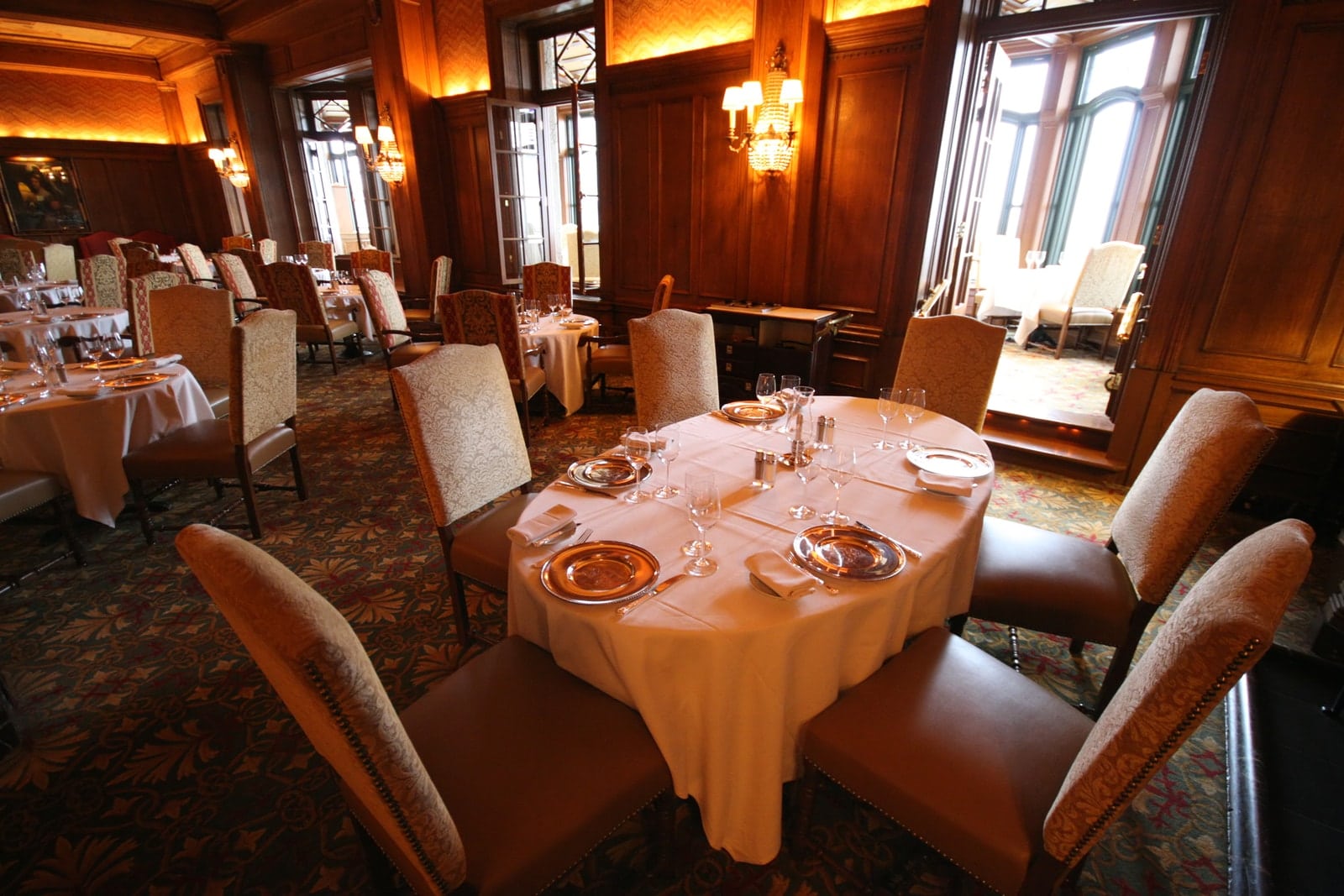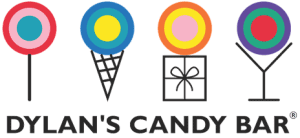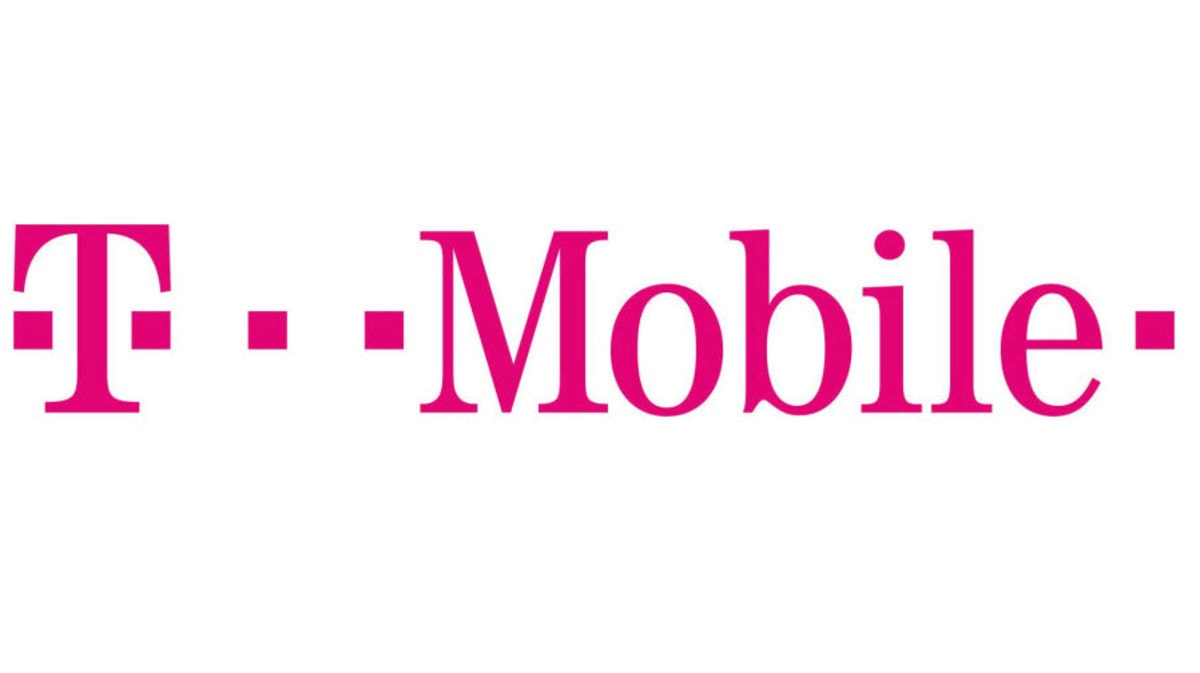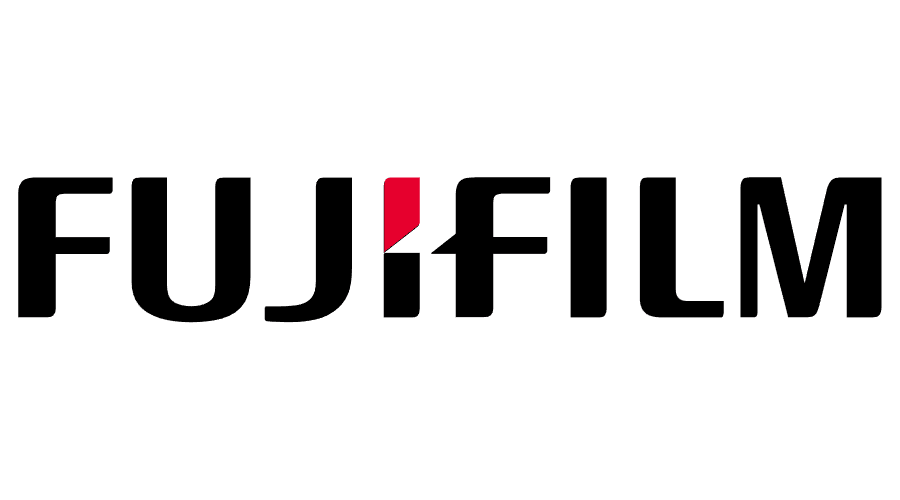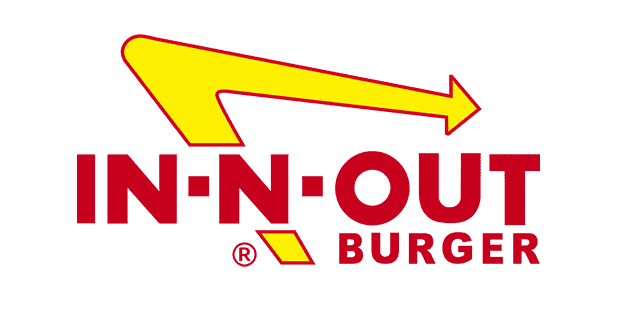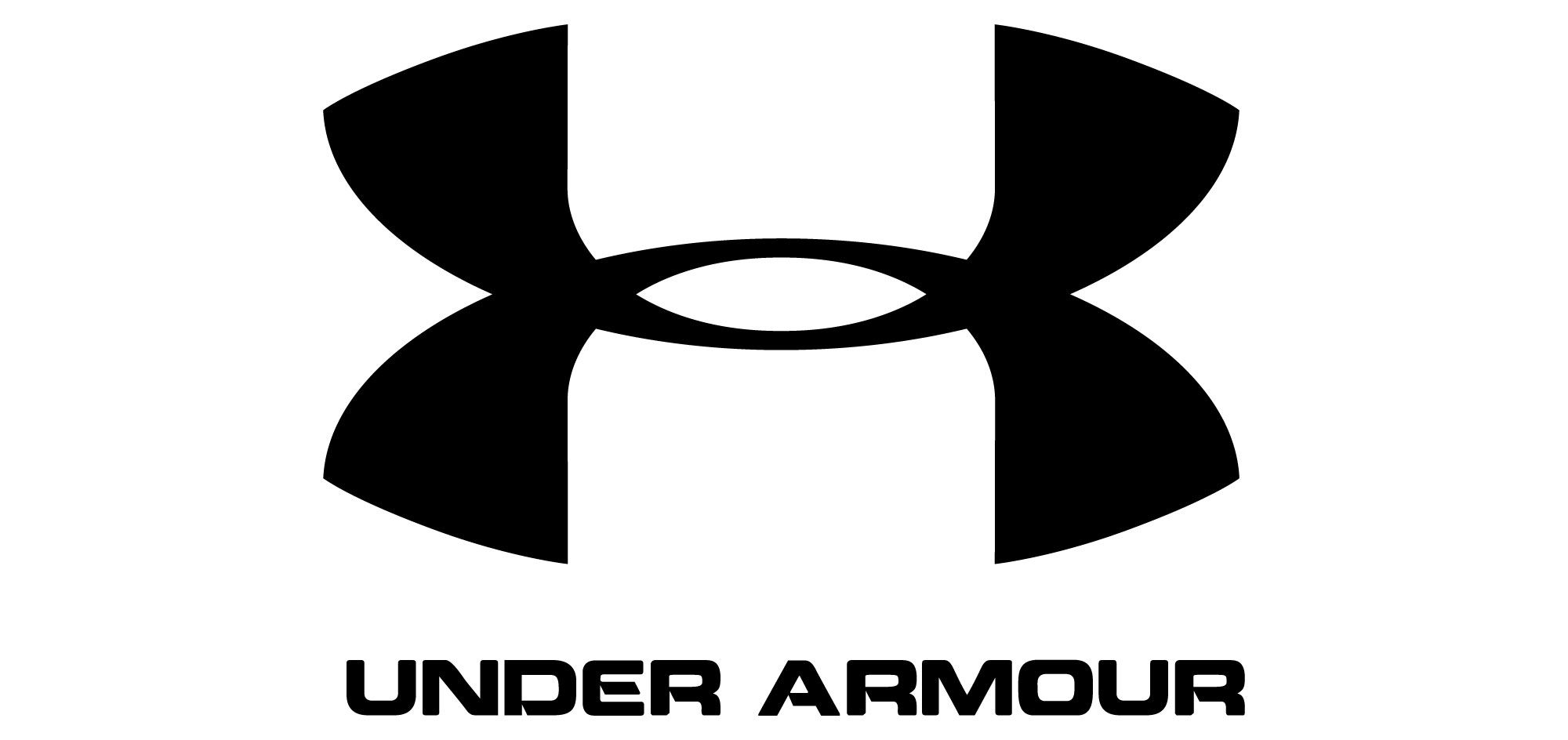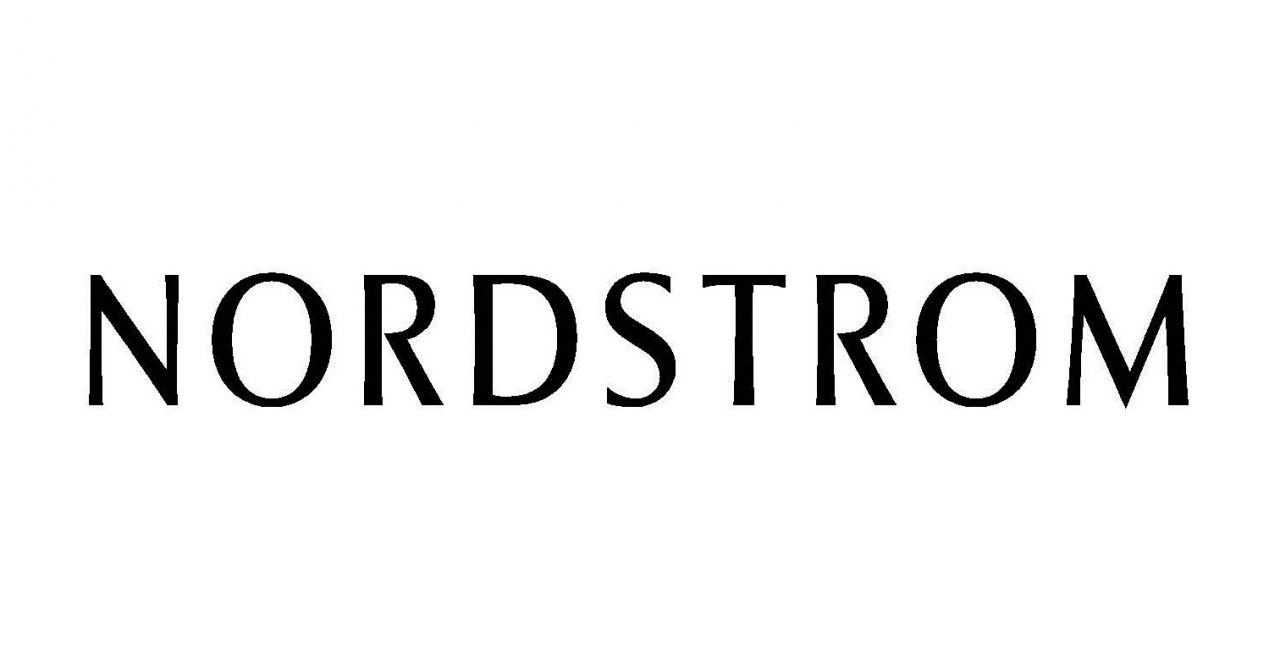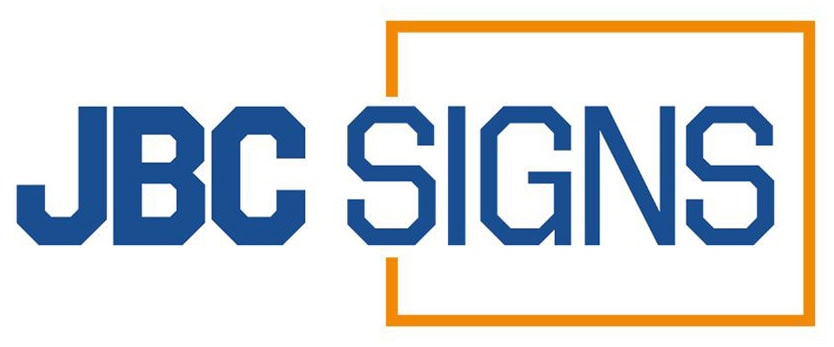Key Takeaways
- Establish Your Restaurant’s Personality
Clearly defining your restaurant's personality through menu design elements like color, typefaces, and graphics helps diners quickly understand its atmosphere. This alignment encourages faster decision-making and enhances the dining experience. - Use a Readable Typeface
Employing a reasonably large, easily readable typeface ensures all diners can comfortably read your menu. Avoid overly complicated fonts to prevent eye strain, making it easier for customers to understand and choose dishes. - Highlight Top-Selling Items
Utilizing boxes, highlighting, or different fonts to draw attention to top-selling items makes them more noticeable. This strategic emphasis can guide customer choices and streamline kitchen operations. - Be Descriptive with Dish Listings
Providing detailed descriptions of each dish's ingredients and unique selling points transforms your menu into an effective salesperson. This approach entices customers and can increase the average spend per diner. - Avoid Currency Signs
Omitting currency signs from your menu can subtly encourage diners to focus less on price, potentially increasing overall spending. This psychological pricing tactic can lead to a more enjoyable dining experience.
The design of your restaurant’s menu can have a surprisingly large impact on how much attention diners pay to your dishes and drinks, as well as the amount they’re willing to spend in your restaurant.
Just like a good salesperson can be the difference between selling large amounts of products and selling nothing at all, a good menu can be the difference between your restaurant generating a profit or achieving little financial success.
Your restaurant’s menu is, in effect, a salesperson for your entire restaurant. Get its design right and you’ll generate a greater amount of income and encourage diners to return to your restaurant more frequently.
Are you not sure where to start with your restaurant’s menu design? Follow the five simple but effective tips listed below to improve your restaurant’s menu design and get diners to pay more attention to your best dishes.
Establish your restaurant’s personality right away
Every restaurant, café or bar has its own unique personality. Is your restaurant a sleek, upmarket dining destination or a friendly place where people can meet and enjoy food together?
Establishing your restaurant’s personality early makes it easier for people to get a feel for its menu. You can use design elements like color, typefaces and graphics to quickly establish your restaurant’s personality entirely visually.
When you establish your restaurant’s personality right away, people will instantly understand its atmosphere and feel. This often results in diners ordering dishes at faster speeds and increases overall spending.
Use a reasonably large, easily readable typeface
Although you may be able to read a small typeface, not all of your diners can read small text. Use a large typeface so that your text is easy to read and avoid using any fonts that are overly complicated and difficult to decipher.
Remember that the more people can read on your menu, the more likely they are to order several dishes. Make your menu as easy to read as possible to give people the chance to understand every item that’s listed.
If you use long item descriptions and list each dish’s ingredients in detail, you can make use of smaller fonts to free up space. However, avoid using text that requires readers to squint and strain in order to understand your menu.
Use boxes and highlighting to draw attention to top-selling items
What are your restaurant’s top-performing items? Every restaurant or café has a few select dishes that produce the bulk of its revenue and are ordered most often over time.
If your restaurant has several top-performing items that you’d like to promote, it’s easy to draw attention to them using boxes, highlighting, different fonts, stars and other graphical items on your menu.
Drawing attention to your top-performing items makes people more likely to order them, allowing you to systematize your restaurant’s kitchen and deal with a greater number of orders every night.
Don’t just list each dish – be descriptive and sell it to customers
Remember, your menu isn’t just a list of the dishes your restaurant offers – it’s also a salesperson that can, if successful, market your dishes to customers and increase the total amount they spend.
The key to sales is being descriptive and detailed. By listing a dish’s ingredients and key selling points – for example, a unique flavor or large portion size – you can make it more likely to appeal to customers.
It’s important not to be too descriptive – listing every last ingredient in a dish isn’t relevant for customers – but make sure you offer enough detail that customers are likely to become interested in a wide variety of different dishes.
Avoid using currency signs, as they can reduce total spending
This is a menu design trick that’s been around for decades, and for good reason. If you add currency signs to your menu – for example, a dollar sign before each item that’s available – people will interpret the cost more literally.
Interestingly, this results in fewer sales and a reduced average spend for all of the customers that come into your restaurant. The effect is subtle but can have a large effect on total sales over time.
Avoid using currency signs on your menu, especially if your restaurant sells dishes at a higher price point than the average. Instead, list numerical prices without any currency signs to provide detail without the negative effect on sales.
FAQs
How can I convey my restaurant's personality through the menu?
Incorporate design elements such as specific colors, fonts, and graphics that reflect your restaurant's theme and ambiance. This visual representation helps diners quickly grasp the establishment's character.
Why is font choice important in menu design?
Selecting a clear and appropriately sized font ensures all customers can read the menu without difficulty. This accessibility enhances the dining experience and reduces frustration.
What are effective ways to highlight popular menu items?
Using visual cues like boxes, bold fonts, or highlighting can draw attention to popular or profitable dishes. This strategy subtly guides customer choices toward these items.
How do detailed dish descriptions benefit my menu?
Thorough descriptions provide diners with enticing information about flavors and ingredients, making dishes more appealing. This can lead to increased orders and customer satisfaction.
What is the effect of removing currency signs from the menu?
Eliminating currency symbols can reduce the emphasis on price, encouraging diners to focus on the food rather than cost. This subtle change can lead to higher average spending.

